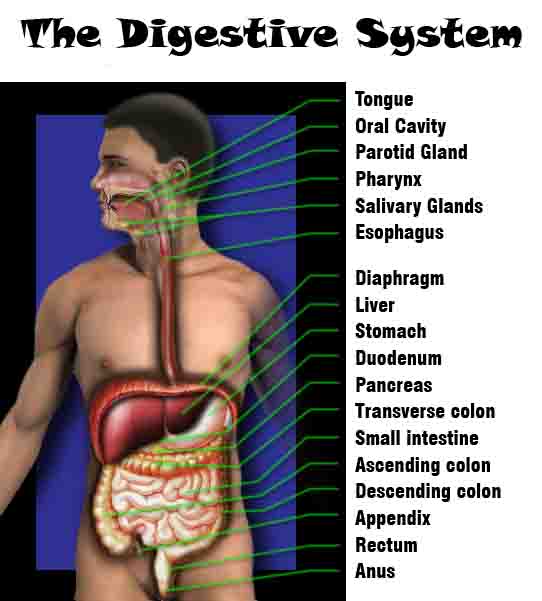
|
This picture will zoom in on the area being discussed by the article. 
|
PEOPLE SIMPLY LOVE to eat. It’s a guilty pleasure that we enjoy every time we feel hungry. We choose the best places where they serve the most appealing meals, and we order the tastiest food that our minds decide to eat. But how much do we really know about eating? How does the whole process start and end? Simply put, digestion is the process by which the food we eat is transformed through chemical processes in order to break it down into smaller components which the body can absorb. The whole digestive system can be thought of as a factory running from the mouth to the anus, where each organ in between is responsible for “disassembling” food part by part so that the smaller pieces can be used to nourish the cells in the body. But although we can put digestion in such uncomplicated terms, the whole process of being hungry, eating, and digesting the food is not as simple. And neither is it a quick process, too. It involves a lot of organs, processes and enzymes; each one responsible for accomplishing an assigned task that contributes to fully digesting the food you eat. This article will discuss how food enters and exits from your body. Each section will be split into three parts: an “introduction,” which briefly discusses the location of the food in the system during the whole process; a “simple explanation,” which provides an overview of the process using minimum scientific terminology; and an “advanced explanation,” which describes the processes and chemicals involved using scientific terms. With that, we start off by talking about the thought of food. |
|
